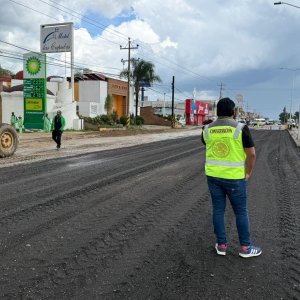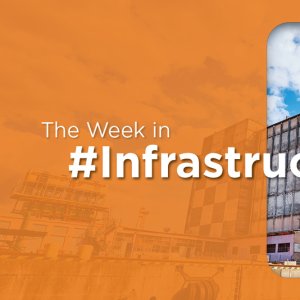Technology to Bridge Highway Gap

STORY INLINE POST
Q: In your opinion, what is the current status of Mexico’s road and highway network?
A: There are various issues related to Mexico’s highway and road systems. The sector is divided into two: CAPUFE and Banobras on one side and everybody else on the other. CAPUFE works on its own projects but with many operational deficiencies. Processes are extremely slow with CAPUFE. For example, Mexico-Queretaro is one of the oldest highways in Mexico. The road needs maintenance and after years of construction, the hydraulic concrete phase is about to be completed on the last sections. But the problem is that it took so long to be completed and now it needs to be expanded. Vehicles no longer fit and SCT is not releasing enough projects. The growth of cargo in the country is absorbed directly by the road system. Approximately 60 percent of goods in Mexico are transported through its highway and road system. The growing demand means it is crucial that there are always new projects for maintenance, improvement, expansion and construction of new roads. The only way to remove cargo transportation off the highways is by expanding the railway system, which is a very expensive and difficult initiative.
Q: What areas of opportunity have you spotted within Mexico’s planning of transport infrastructure?
A: Peak hours for cargo on many highways are an absolute nightmare and SCT cannot wait 20 years to expand them. Before any project is tendered, the project needs to exist. By this I mean the planning process must be thorough and include the right of way, permits and studies, which could take four to five years to complete. The right of way could even take longer depending on the area. Infrastructure projects are now even more complicated because it is obligatory that companies submit social-impact studies but that means that the planning phase of these projects must be even longer. To fix Mexico-Queretaro’s highway overcapacity problem, SCT could construct an alternative road but then it would redirect money from the most profitable highway in Mexico.
Q: How could technology be further integrated into the sector and why are Intelligent Transportation Systems (ITS) relevant for developing projects?
A: In 2008, SCT created a system to monitor the country’s highways. It would oversee the operations on all the routes and then provide users with information on the status of the highways. It was a good system but then SCT cut its staff levels. There are not enough people working on these projects and the operation was really never taken advantage of. We designed a system that collects data, organizes it and once standardized, is used to report back to the customer, which may be the authorities, road administrators or users.
Our ITS is used to retrieve data on everything from how much traffic there is in a certain section of a highway at a certain time, speed, congestion, weather or even number of users. It is important to take measurements in specific time intervals to ensure that enough data is collected and compared. After gathering large amounts of data, our system can then identify risky conditions on the roads or many other issues that may be taking place. All sectors need to use an efficient ITS, from SCT and the municipalities to developers. The system will give companies and the government information on how many people pass through an area, peak hour traffic and obstructions, among other indicators.
Q: Why are some companies reluctant to integrate ITS systems into projects?
A: The public and private sectors are already using similar systems. For instance, SCT established ITS as a requisite for road and highway projects, but there is a lack of saturation. The technologies often require fiber optics but because this is expensive and a target for theft, companies do not install it.























